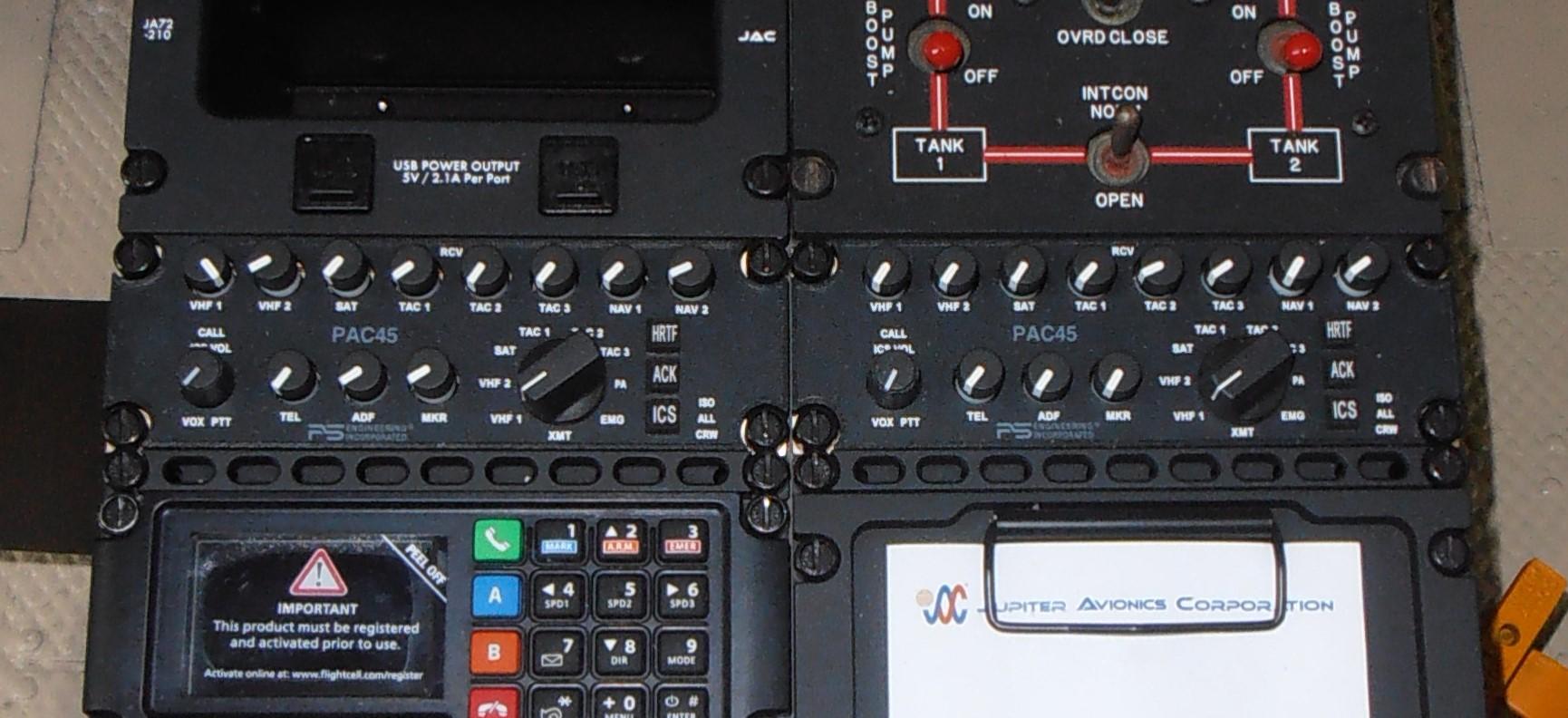The Rodney Dangerfield of Avionics

The comic Rodney Dangerfield used to joke, “I can’t get no respect,” and audio panels can likewise be a forgotten corner of the avionics business for some classes of aircraft including legacy business jets.
The audio equipment for which parts are no longer made is wearing out in aging business jets and PS Engineering based in Nashville, Tennessee, sees this as an opportunity to help keep those aircraft flying. The manufacturing company employs 20 people and has not missed a beat during the pandemic as retrofit business kept plugging along.
The company just released its new PAC45L audio system with L standing for legacy.
The company plans to work with its 450 dealers in North America and 100 more overseas to identify older Citations and Learjets with enough aircraft value remaining to merit a retrofit.
The addressable market is about 1,200 aircraft. This includes everything from the CitationJets produced starting in 1993 (from the CJ1 to later models) to the Citation I, II, and later models.
There were, for example, 1,222 Citation Vs produced starting in 1988 including later Ultra and Encore models that came out in the 1990s.
PS Engineering has been working as a subcontractor on a US Air Force contract to retrofit audio panels on a light jet, the USAF T-1A cockpit modernization program.
The T-1A is a derivative of the Beechjet/Hawker 400A modified to perform pilot training for Air Force pilots headed to tanker and transport multi-motor aircraft. PS Engineering is a subcontractor for the audio panel to Nextant Aerospace on this program and about 50 T-1As. The T-1A is a similar airframe to the ones in private aviation targeted by the new PAC45L audio panel.
The PL-45L also uses patented U.S. Air Force technology licensed by PS Engineering in 2013 and used on a variety of its audio panels.
The Air Force software deals with the “cocktail party effect” in the cockpit when the crew is listening to multiple conversations at the same time. PS Engineering has employed this Air Force invented software on special mission aircraft for law enforcement and wild firefighting aircraft.
So a lead in spotting aircraft pilot might be listening to ATC, intercom, a tanker pilot and a firefighting spotter on the ground.
A so-called “head transfer function” deals with multi talkers by having each conversation seem to come from a different azimuth to the pilot’s head. So at a cocktail party when you focus on what one speaker to your left is saying while ignoring all the other chatter coming in from other directions -- you are doing what this software does for the pilot.
Citation and Learjet pilots are not usually being bombarded with this many conversations at once but the technology will help them listen to what they want to when they want to.
The PAC45L has a list price of $16,795. Installation costs will vary depending on the airframe and existing avionics it has to connect and can exceed the cost of the hardware.
Dealers will have to determine which customers have jets with airframes and engines in good enough shape so a new audio panel adds value to an asset ready for more years of active service. While replacing something that is no longer working properly provides benefits by itself, a new digital audio system like the PAC 45L has other virtues.
The PAC45L will sound better than the legacy equipment it replaces because it is digital and shielded wires will reduce rf interference and noise, according to Gary Picou, vice president of engineering at PS Engineering.
“The beauty of this system is that most of the audio wires go to one location, our central audio hub. That means that wires don’t have to be duplicated. In older systems, you had a complete set of wires that went to each one of the control heads, which can be 40 or 50 wires,” Picou said.
Picou worked on autopilots for King Radio in the 1980s before Gary Burrell left the company in 1989 to co-found Garmin. Now Garmin is PS Engineering’s competitor for audio systems sales. PS Engineering supplies general aviation audio panels to Bendix King and Honeywell, Avidyne and Trig.
PS Engineering has been introducing innovations in audio panels since 1988 when it included digital signal processing for the first time. Mark Scheuer, the co-founder and owner of the company, brought his knowledge of industrial processes and workplace culture from Hewlett Packard, where he worked, to his start-up audio system company.
In 1997 the company patented IntelliVox, the first automatic voice-activation circuit. PS Engineering has an audio panel on Scaled Composites’ SpaceShipOne now at the Smithsonian National Air and Space Museum.


